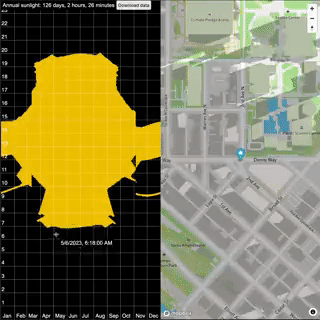Let's face it your geographical knowledge of African countries is woefully inadequate. If you had to identify the location of Burkina Faso on a map you would probably end up pointing to the Philippines.
Well it's time to change that. Today you are going to improve your knowledge of Africa and have fun while doing so. You Don't Know Africa is a collection of three online map games which will improve your geographical knowledge of African countries.
The 'Original' game involves you having to identify the location of 20 African countries on a map in as quick a time as possible. When you identify the wrong country the correct country is highlighted on the map (all you have to do is remember where it is - because you will be asked again!).
The 'Sequel' requires you to name 20 African countries in 2 minutes. The more countries that you can type in 120 seconds then the more points you will score. If you think you can name all the African countries then you can play a ten minute version of the game instead.
The '3rd Edition' game involves correctly identifying the flags of 20 African countries as fast as you can (and admit it - your knowledge of African flags is as bad as your geographical knowledge of Africa).
'You Don't Know Africa' is adapted from the popular map game Click That 'Hood.
Click that 'hood! is a geography game which tests your knowledge of city neighborhoods. To play Click that 'hood! you first need to select a city or town from the very long list of locations available around the world. You are then shown an interactive map of your chosen city. Your task is to correctly identify the location of twenty neighborhoods as quickly as possible by pointing them out on the map.

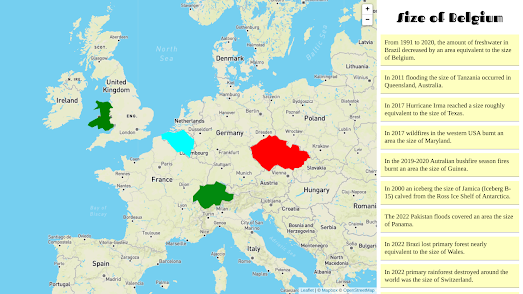











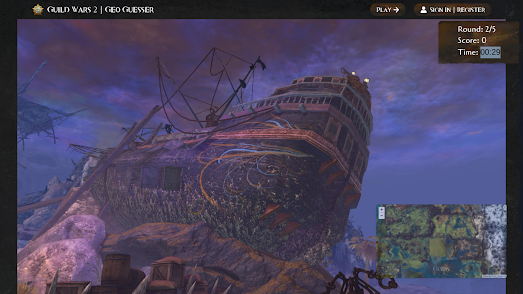
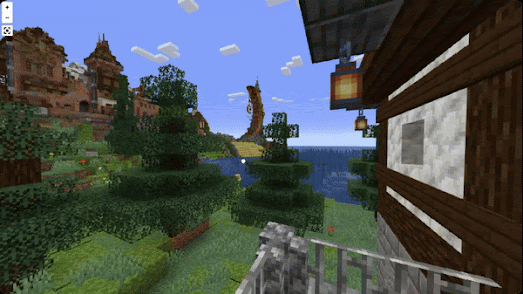
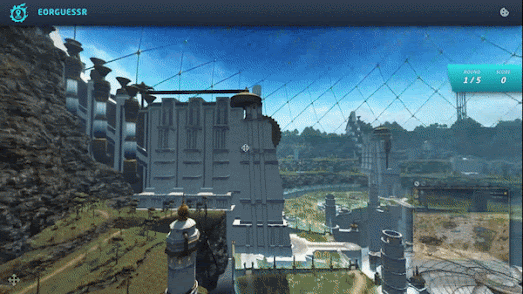




.jpg)











